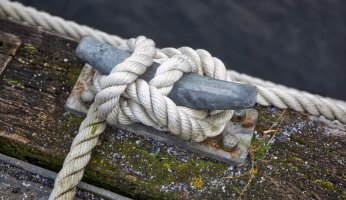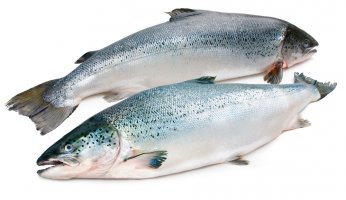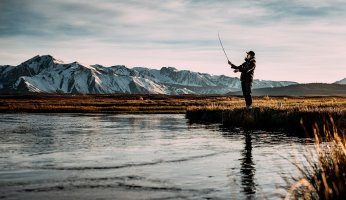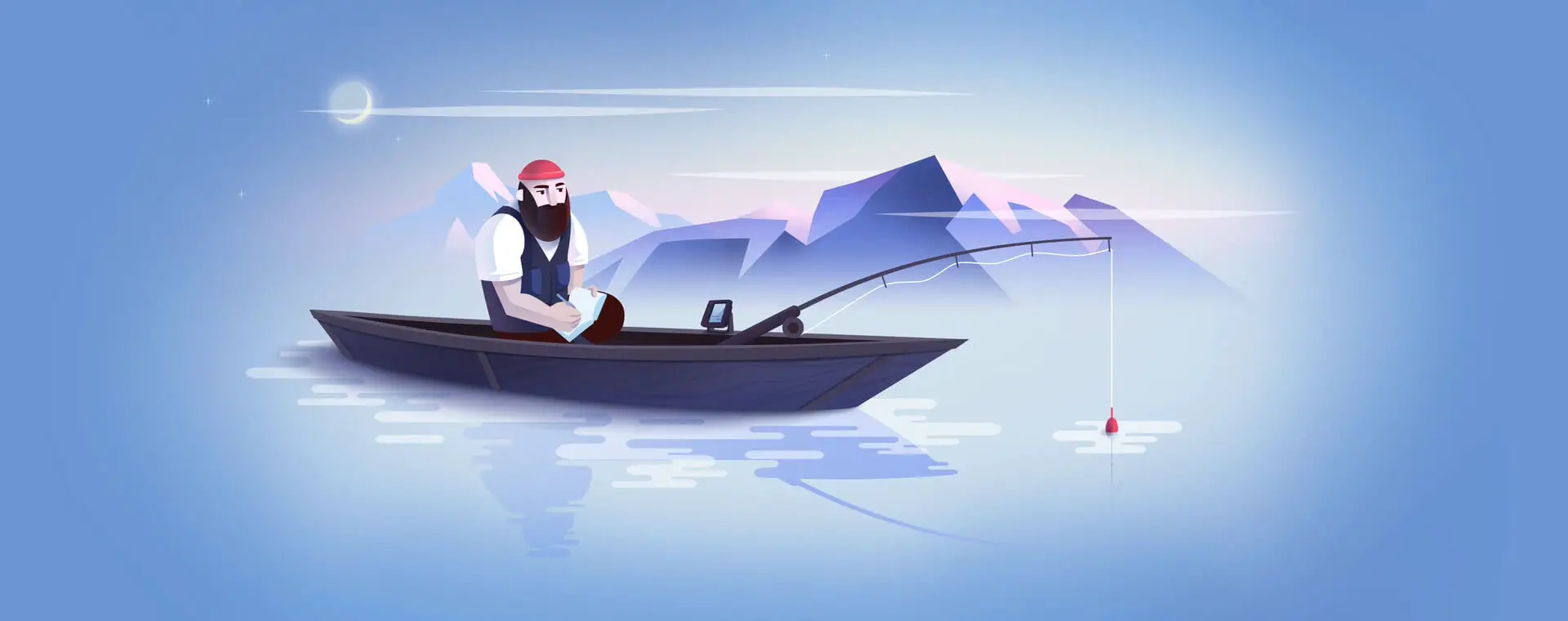Tips on Catching Florida Red Snapper
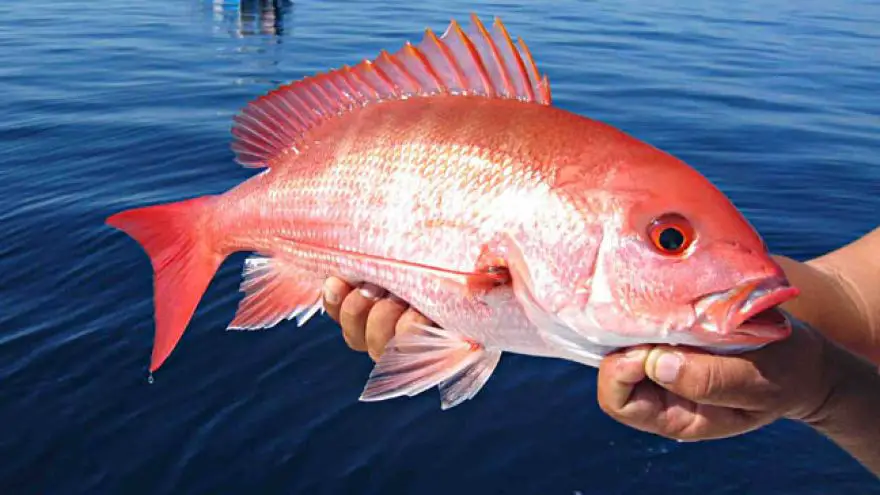 Tips on Catching Florida Red Snapper
gearweare.net
Tips on Catching Florida Red Snapper
gearweare.net
It seems like everybody I know that has ever gone fishing in Florida cannot stop talking about the red snapper they caught. This fish is beautiful, tasty, and a great deal of fun to catch. Typically over 10 lbs., it can put up quite a fight. However, it is relatively easy to catch. If you want to do some fishing off the coast and want to be successful, snapper is the way to go. Any structure in about 100 feet of water will likely have some snapper hanging around.
However, it does require a boat to get to this depth. That means that most people will be spending some money to rent a boat or to be guided to the fishing waters. If you are spending money just to get to your spot, you definitely need to ensure some success. The worst thing you can do is pay to charter a boat and then come home empty handed. Below are some tips that should help you bring home a cooler full of fish.
Table of Contents
Where and When
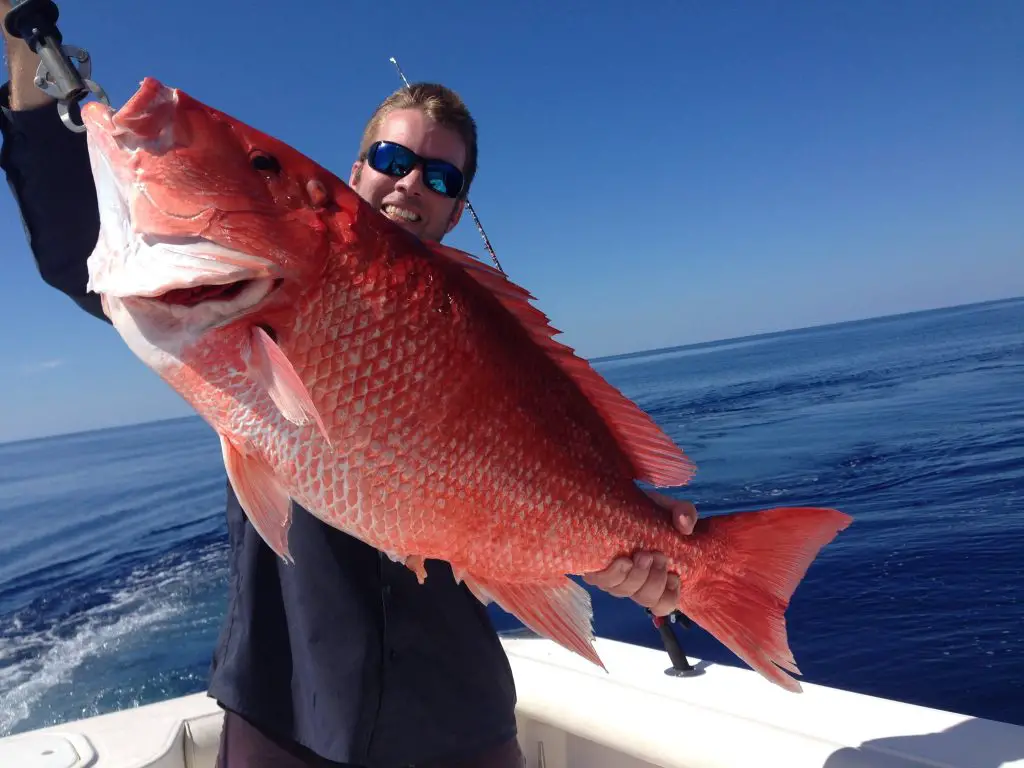
Fishing for snapper is always best in June and July. This is when most people vacation anyways, but there are two good reasons for the improved fishing. One is that the fish are spawning during this time of year. This keeps them hungry and actively feeding. The other reason is that the waters are most calm during June and July. Calm waters are always best for fishing snapper.
Snapper can be found in water varying in depth from 30 feet to 200 feet. Because of this wide range, you are best to start shallow and work your way deep. There is no point in heading out 10 miles when you might find fish close to shore.
Snapper are always found near structures unless you get lucky and find them spawning or find them moving from one structure to another. You are best to fish around natural reefs, artificial reefs, rocks, ledges, wrecks, and oil platforms. You will almost always find snapper in these areas. Also, save your coordinates when you find a hotspot. Studies have shown that snapper rarely move when they have a good habitat.
Bait and Lures
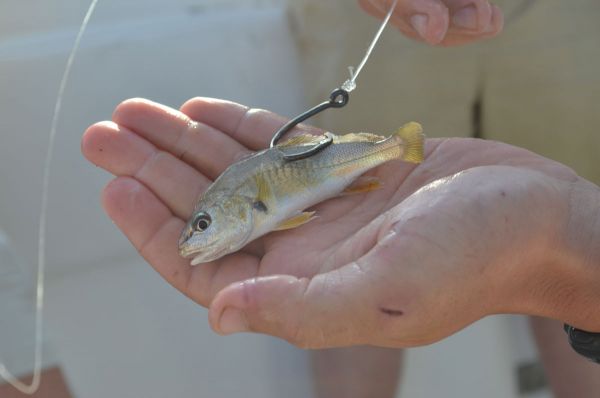
Snapper are typically suspicious when it comes to eating. If their potential food looks dead or fake, they likely will not bite. However, steady movement and a shimmer that catches the sun will typically get a strike. For this reason, live bait is the most consistent option. A long shiny minnow wriggling at the end of the line will likely draw a strike if snapper see it.
If the fish are biting well, you can try one particular type of lure. The red snapper jig is a lure that looks much like a minnow. It is designed to be dropped straight down and then bounced vertically to imitate an injured fish. This lure works particularly well on larger fish.
Chumming is also a good idea. By throwing out chunks of chopped up fish, you will create a feeding frenzy. This will get the fish ready to eat and also help draw them out away from structures. Snapper will often use these structures to snap your line after hooked, so getting some distance is a good idea.
Gear and Line

When fishing in heavy currents, use heavy gear. Most people pick the weight of their gear based on the size fish they will catch. However, when fishing for snapper the key to success is keeping your bait where you want it. In strong currents your lighter rigs will drift far away from where you want them. You will need to cast heavier rigs to fight the current, and this takes heavier gear.
You also want to use a reel with a high gear ratio. The goal with snapper is to get your fish onto the boat as quickly as possible. This is not because the fish will get free, but because it becomes dinner to predators the second it is hooked. The water that snapper occupy is also home to sharks, barracuda, and large grouper. If you do not get the fish to the boat quickly, you will likely be feeding these other fish.
Snapper present an interesting challenge in that they have excellent eyesight, but also have teeth. Normally you would use a steel leader for fish with teeth, but no self-respecting snapper would ever bite a minnow with a piece of wire sticking out of it. The solution is fluorocarbon line. Even 80 to 100 lb. test line is virtually invisible in the water. It is also quite resistant to abuse.
Often guides will walk you through many of these same tips when you choose a guided fishing trip. However, if you are like me you prefer to go it on your own. Knowing how to ensure success when hitting the ocean is the only way I would truly enjoy a DIY fishing charter. Hopefully these tips will help you find the success you desire when you go searching for red snapper.





